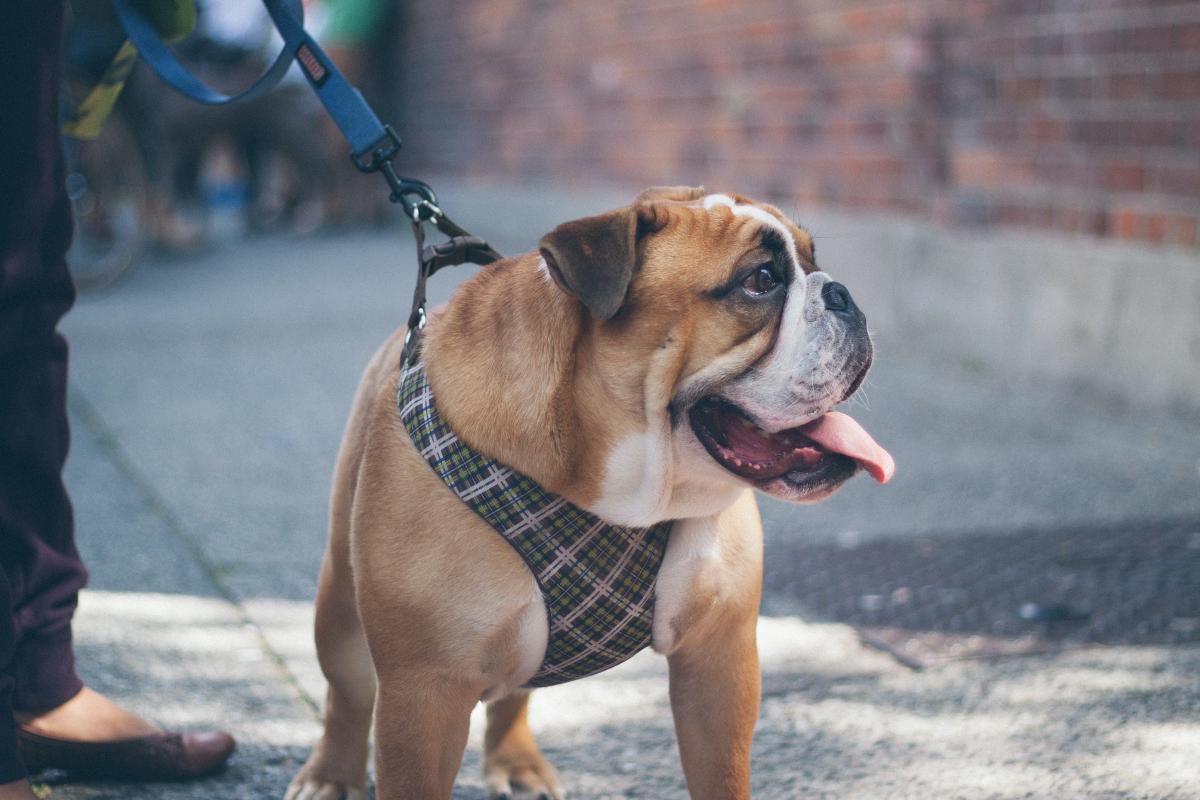Throughout history, dog breeding has existed to serve many purposes. Going way back in time you’ll find our reasons for breeding dogs today add on to the original purposes humans had. Keep reading to learn more about why dog breeding began and how it has transformed over the years.
The Beginning of Dog Breeding
Dog breeding has been around for thousands of years and has evolved greatly throughout those years. Breeding dogs began as a way to transfer their personalities, temperaments, and behavior to future generations. In contrast to dog breeding today, humans did not originally breed dogs for aesthetic purposes. Dogs were bred to pass on and improve their heightened senses of hearing, smell, and eyesight so future litters would excel at herding, hunting, retrieving, and guarding.
The Impact of Domestication
Dog breeding has also brought more laid-back and calm dog breeds into existence. Dogs with lower energy levels and calmer temperaments were less likely to survive in the wild. However, dog breeding and domestication have kept these chill breeds alive and thriving. Dog breeding has also passed along the social skills that domesticated dogs have with humans, such as recognizing an object their owner is staring at and going over to inspect it.
Dog Breeding in the Victorian Era

As time went on, dog breeding expanded to include breeding for aesthetics and passing along physical traits. This included breeding dogs to create new looks and physical appearances. The majority of dog breeds in the modern world are a result of Britain’s Victorian Era. During the Victorian Era, Great Britain saw dog breeding soar in popularity among the upper class. In fact, this is when different breed categories emerged and pedigree tracking began.
Today, many breeds with distinct features have Victorian Britain to thank for their iconic appearances. For example, the Victorian Era gave us the Dachshund’s short stature and the German Shepherd’s dense, muscular toning.
The Rise of Breed-Specific Health Conditions
The negative consequence of creating hundreds of new dog breeds is the rise in genetic diseases and conditions. When dogs were bred to change their size and stature, also known as conformation breeding, breed-specific health issues began to grow as well.
For example, over time as Bulldog breeds were bred, they morphed from dogs that had lean but still strong appearances into dogs with larger heads, broader bodies, and squished faces that cause breathing problems. Today, Bulldogs cannot give birth to their litters naturally and need humans to aid in delivery by cesarean. Because Bulldogs have an array of health conditions, you need to be extra cautious in choosing a dog breeder when looking to buy a Bulldog. Bulldog breeders need to be especially thorough in their health checks and pedigree tracing, as well as fully knowledgeable and experienced in breeding Bulldogs.
Designer Dog Breeding

When the Poodle was first bred with another purebred dog in the 1980s, designer dog breeds were created. Poodles are mixed with other breeds to create dogs that are very intelligent, low-shedding, and allergy-friendly. Designer dog breeding takes 2 healthy dogs of different breeds with good temperaments and breeds them to create a designer breed that combines the parent dogs’ best qualities.
Breeding to Reduce Health Issues
While mixing breeds can lead to health issues, it can also do the opposite and be used to create a healthier breed. An example of this can be seen in the Bernedoodle designer breed. A Bernedoodle is a mix between the Bernese Mountain Dog and Poodle. Sadly, Bernese Mountain Dogs have a short lifespan of only 6 to 8 years, have many genetic health conditions, and are heavy shedders. However, these issues were solved by breeding a Poodle with a Bernese Mountain Dog. Bernedoodles have a lifespan of 12 to 18 years, don’t have the genetic health conditions of Bernese Mountain Dogs, and can be low-shedding depending on the coat they inherit.
Dog Breeding is a Privilege
Carelessly breeding dogs without doing thorough health checks, genetic background research and temperament observation can lead to hurting a breed’s reputation and future existence. Breeding dogs should be done to improve dog breeds and not be used as a way to make extra money. Purebred dogs used in breeding need to meet their breed standards to ensure their litters are healthy and positive reflections of these breeds.
Support Reputable Breeders
Just how important is it to buy a puppy from a reputable breeder? When you buy a puppy from a reputable breeder, you are helping reduce puppy mills and unethical breeding methods. By only buying from ethical dog breeders, you’re ensuring a healthy, standard-following future for that specific breed. Check out our blog on what makes a reputable breeder to learn more about how you can support the practice of safe and healthy dog breeding.
Searching for your own four-legged friend to take home? Browse our newest arrivals to find puppies for sale near you!

